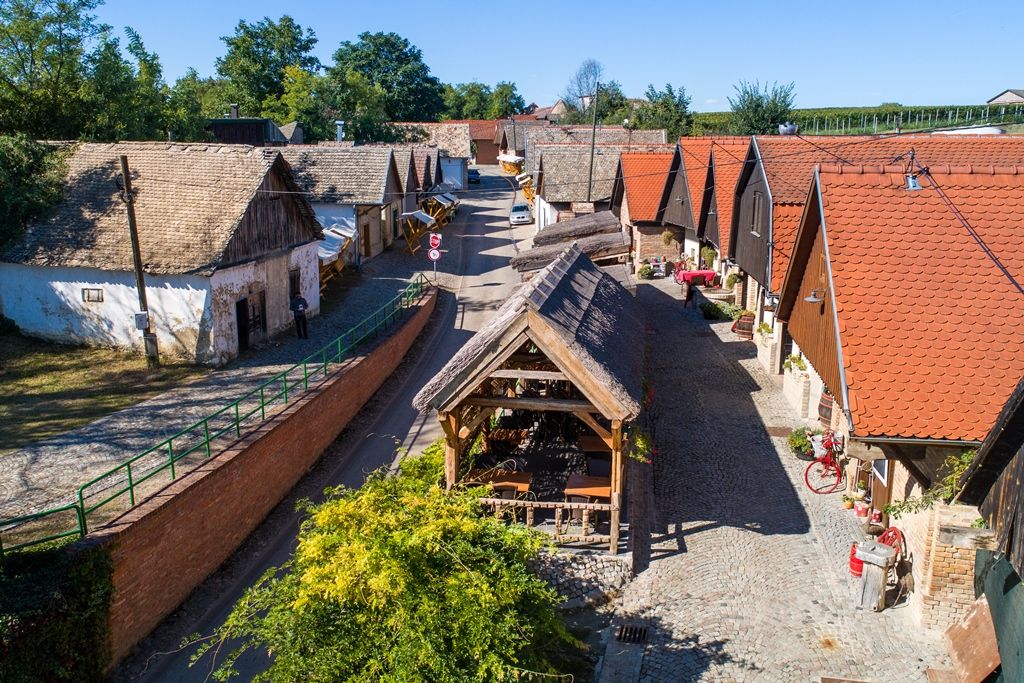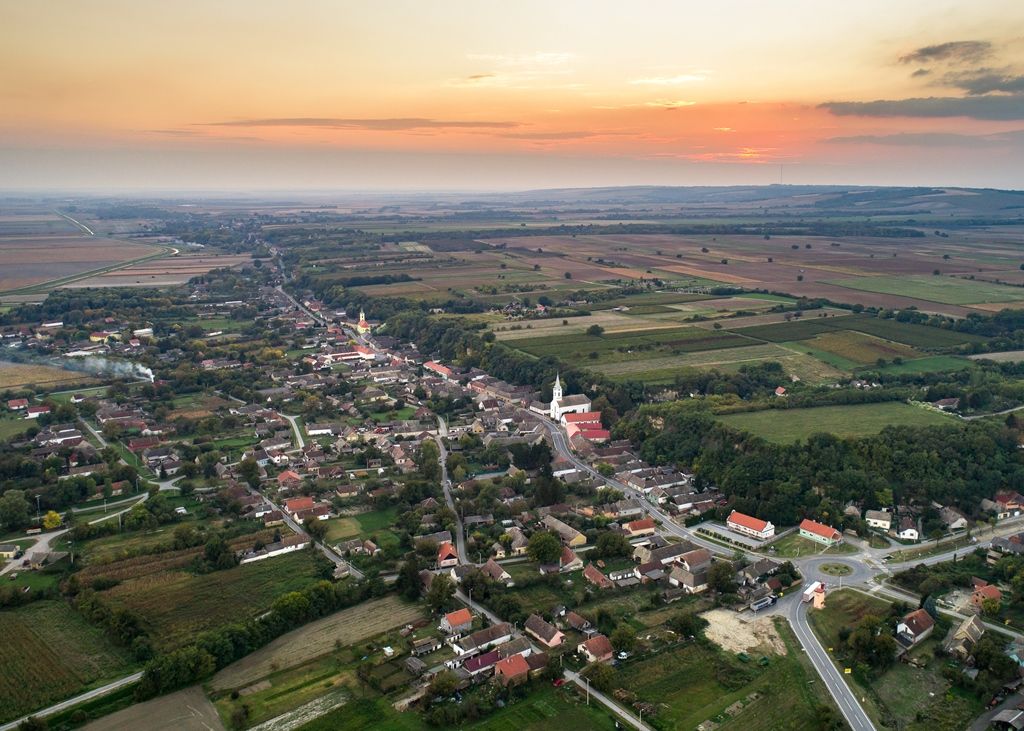Mystique Baranja
Baranja, a micro-region located between the rivers Drava and the Danube, separated from the region of the same name by the Hungarian border. In a very small area, there are several distinct natural-geographic units: from floodplains, river terraces, fertile, lush land to the vineyards of Bansko hill. The significant influence of many people and cultures makes Baranja the most interesting Croatian rural destination, known as «the mother of vines» (Bor Anya in Hungarian).
Starting from Belje Winery, which owns the largest vineyards area in Croatia (650 hectares) with the most modern winery, the old cellar in Knezev Vineyard, the most beautiful vineyard lookout and the famous Belje Grasevina. The Zmajevac and Suza villages are widely known for the so-called chasms, deep and narrow paths in Bansko hill, with wine cellars called «gatori».

Ethnographic village Karanac is known for its rural households with the original and autochthonous accommodation capacities. In nearly all of the Baranja villages you can find restaurants with delicacies based on red ground pepper.
In addition to Kopacki rit and picturesque fishing village Kopacevo, visitors can see the Batin monument, the location of the greatest battle of the Second World War in the former Yugoslavia. From there, a magnificent view is spreading over the beautiful endless forests of Hungary, Croatia and Serbia.
Of all the treasures of the rich Baranja history, the most famous are the Sulejman Bridge, Red Marta, Dragojlo hill, the castles in Bilje, Knezevo, Tikves and Darda, the Baranja desert and the narrow rail tracks, historical artefacts and ducats. The subtle tones of the past can be heard today in the sounds of the bagpipes, the taste of peppers, the strange scent of the sludge, the extravagance of old Croatian Sokci national costumes, and the carnival mask processions of the horrid Busas.


